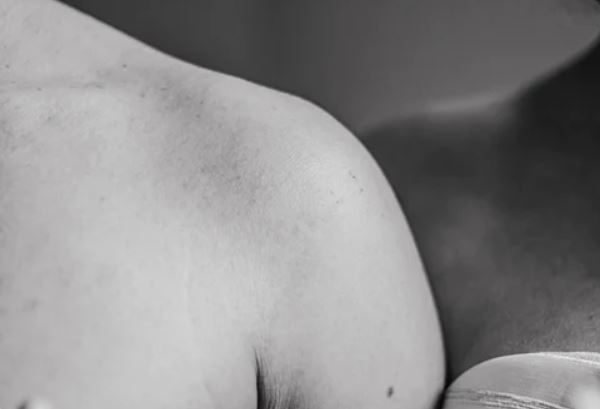Overview Of Frozen Shoulder
Frozen shoulder is a condition in which the shoulder is painful and loses motion because of inflammation.
Commonly Associated With
Adhesive capsulitis; Shoulder pain – frozen
Causes Of Frozen Shoulder
The capsule of the shoulder joint has ligaments that hold the shoulder bones to each other. When the capsule becomes inflamed, the shoulder bones are unable to move freely in the joint.
Most of the time, there is no cause for a frozen shoulder. Risk factors include:
- Diabetes
- Thyroid problems
- Changes in your hormones, such as during menopause
- Shoulder injury
- Shoulder surgery
- Open heart surgery
- Cervical disk disease of the neck
- Women 40 to 70 years old are most affected
Symptoms Of Frozen Shoulder
The main symptoms of this condition are:
- Decreased motion of the shoulder
- Pain
- Stiffness
- Frozen shoulder without any known cause starts with pain. This pain prevents you from moving your arm. This lack of movement can lead to stiffness and even less motion. Over time, you are not able to do movements such as reaching over your head or behind you.
Exams & Tests
Your health care provider will ask about your symptoms and examine your shoulder. A diagnosis is often made when you are not able to rotate your shoulder.
You may have x-rays of the shoulder. This is to make sure there is no other problem, such as arthritis or calcium deposits. Sometimes, an MRI exam shows inflammation, but these types of imaging tests are usually not needed to diagnose frozen shoulder
Treatment Of Frozen Shoulder
Pain is treated with NSAIDs and steroid injections. Steroid injections and physical therapy can improve your motion.
It can take a few weeks to see progress. It may take as long as 9 months to a year for complete recovery. Physical therapy is intense and needs to be done every day.
Left untreated, the condition often gets better by itself within 2 years with little loss of motion.
Risk factors for frozen shoulder, such as menopause, diabetes, or thyroid problems, should also be treated.
Surgery is recommended if nonsurgical treatment is not effective. This procedure (shoulder arthroscopy) is done under anesthesia. During surgery the scar tissue is released (cut) by bringing the shoulder through a full range of motion. Arthroscopic surgery can also be used to cut the tight ligaments and remove the scar tissue from the shoulder. After surgery, you may receive pain blocks (shots) so you can do physical therapy.



